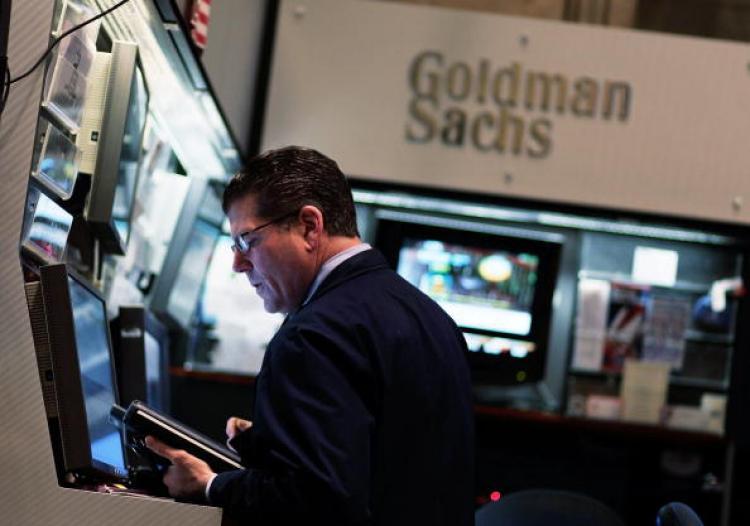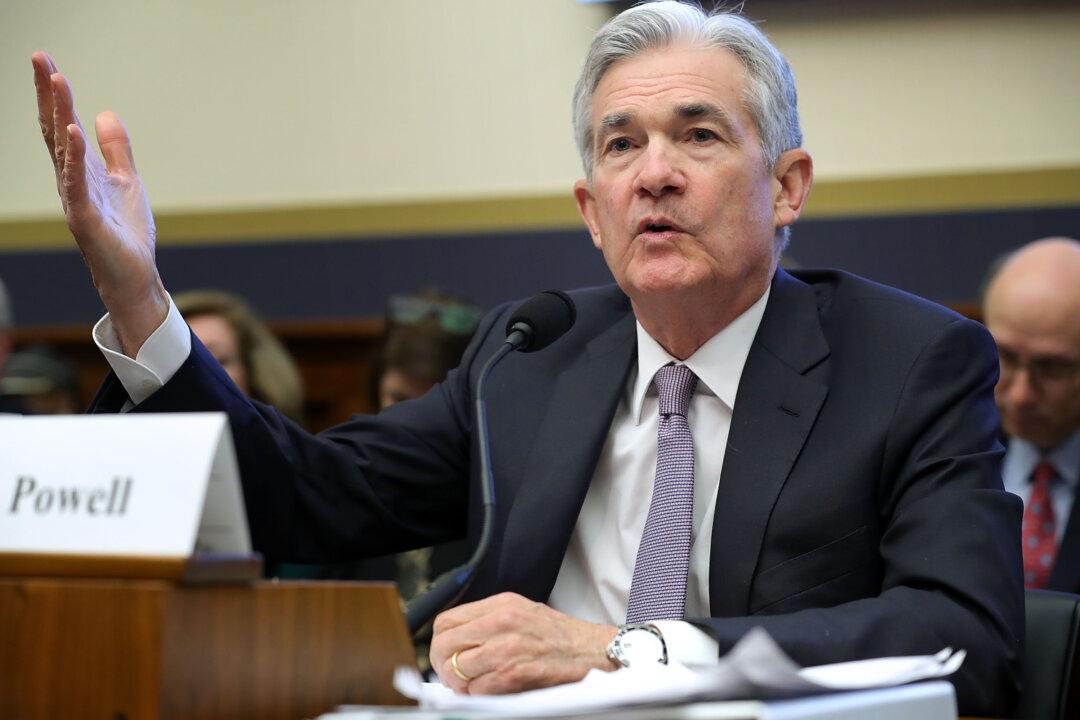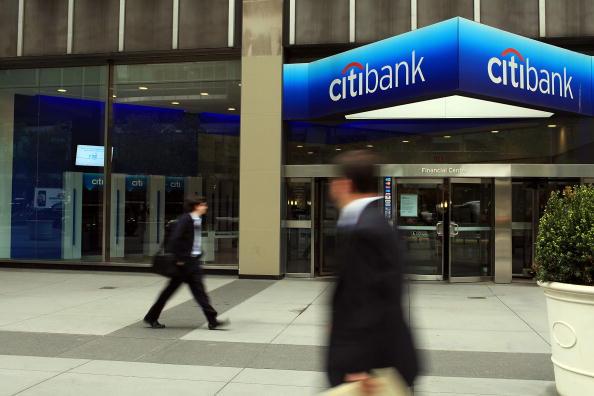In these steamy days of July, bank earnings are more interesting than usual, in part because our friends and colleagues in the financial world continue to intone the false mantra that rising interest rates are good for banks. David Solomon, my former colleague at Bear, Stearns & Co. many years ago, took the baton at Goldman Sachs. Break a leg, David.
First off, it is not true that rising rates are always good for banks. Increased interest rates, for example, have not helped Goldman in the past few quarters. “Banks make money on the spread, that’s it. That’s the story,” said our friend Josh Brown on CNBC’s “Fast Money” this week. At the time, Brown was surrounded by a bunch of happy pundits singing the praises of higher short-term interest rates for bank earnings.





